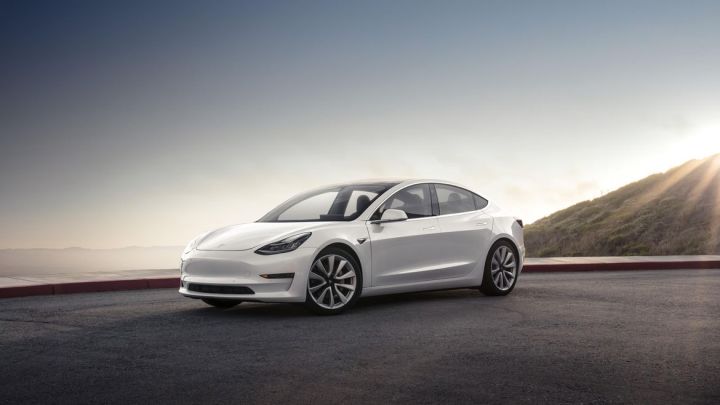
The employees (who asked to remain anonymous) claim Tesla’s Gigafactory still made battery packs for the Model 3 partly by hand in mid-December. They add the company had to “borrow” employees from Panasonic, the firm that supplies battery cells, to speed up production. The process is supposed to be entirely automated, with humans on-site to supervise it, but not intervene on a regular basis.
The artisanal production process spawns safety concerns, according to two engineers who spoke to CNBC. They claim some workers, who lack training, routinely install the lithium-ion cells in the pack too close to each other, which could cause the battery to short out or catch fire. If true, that’s a serious allegation that would compromise Tesla’s reputation for building safe cars like the Model X and the Model S. It might not be that simple, though.
Tesla disagrees with everything its former employees told CNBC. The company sent Digital Trends an email to give its side of the story.
“This is an extremely misinformed and misleading article. To be absolutely clear, we are on track with the previous projections for achieving increased Model 3 production rates that we provided earlier this month,” a spokesperson told us via email. “The implication that Tesla would ever deliver a car with a hazardous battery is absolutely inaccurate, contrary to all evidence, and detached from reality. Hypothetically, even if two cells of the same voltage potential were touching, there would be absolutely zero impact, safety or otherwise — it would be as if two neutral pieces of metal touched,” it added.
The bold predictions made by company founder and CEO Elon Musk have, so far, been wide of the mark. In July, when he delivered the first examples, he predicted Tesla would build 100 examples of the Model 3 in August, make 1,500 cars in September, and produce 20,000 cars per month in December. The company only manufactured 260 cars through October, and it admitted that reaching the 5,000-car threshold wouldn’t be possible until March of this year at the earliest.



